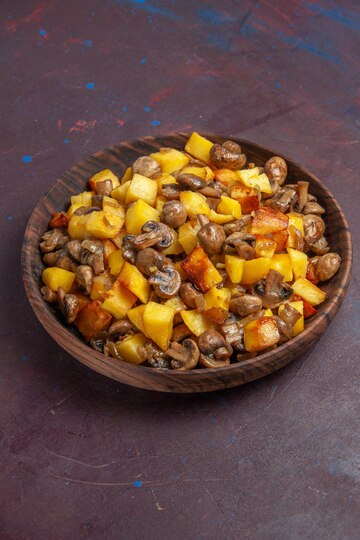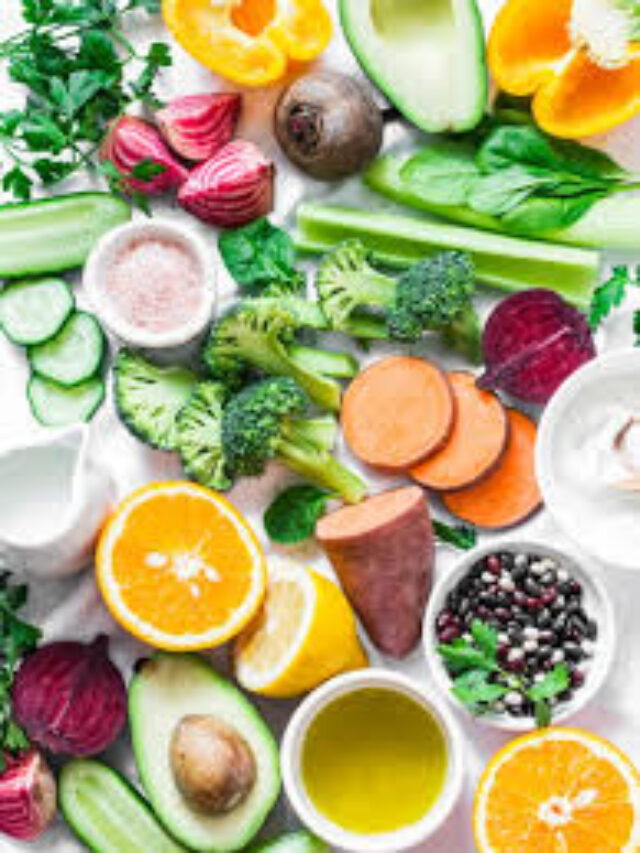As the new year unfolds, January offers a delightful bounty of fresh and seasonal produce that can invigorate your kitchen and nourish your body. The crisp air of winter brings with it an array of fruits, vegetables, and greens that are not only at their peak flavor but also packed with nutrients to support your health goals. In this blog, we’ll dive into the joys of cooking with January’s finest offerings, share tips for selecting and storing them, and inspire you with recipes that celebrate their natural goodness.
Why Choose Seasonal Produce?
Seasonal produce isn’t just a trend; it’s a way to connect with nature, support local farmers, and enjoy fruits and vegetables at their freshest and most flavorful. Here’s why you should prioritize seasonal ingredients:
- Flavor: Fruits and vegetables harvested at their peak ripeness taste better and are more vibrant.
- Nutrition: Seasonal produce retains more nutrients compared to items stored for extended periods.
- Cost-Effective: Locally available, seasonal items are often more affordable due to their abundance.
- Sustainability: Choosing local, in-season produce reduces the carbon footprint associated with long-distance transportation.
The Star Players of January’s Produce
January’s produce lineup is a celebration of hearty vegetables, zesty citrus fruits, and earthy greens. Let’s explore the top picks:
1. Citrus Fruits
- Varieties: Oranges, grapefruits, lemons, limes, and tangerines.
- Benefits: Packed with vitamin C, antioxidants, and a refreshing burst of flavor.
- Tips for Use:
- Add zest to salads, dressings, and marinades.
- Enjoy fresh-squeezed juice for an immunity boost.
- Incorporate segments into desserts like citrus tarts or yogurt parfaits.
2. Root Vegetables
- Varieties: Carrots, parsnips, turnips, beets, and radishes.
- Benefits: Rich in fiber, vitamins, and minerals to keep you energized.
- Tips for Use:
- Roast them with olive oil, garlic, and herbs for a caramelized treat.
- Blend into soups or stews for a hearty winter meal.
- Shred raw into slaws or salads for a crunchy texture.
3. Leafy Greens
- Varieties: Kale, spinach, Swiss chard, and collard greens.
- Benefits: Loaded with iron, calcium, and vitamins A and K.
- Tips for Use:
- Sauté with garlic and olive oil as a simple side dish.
- Add to smoothies for a nutrient boost.
- Use as a base for winter salads topped with roasted nuts and dried fruits.
4. Cruciferous Vegetables
- Varieties: Broccoli, cauliflower, Brussels sprouts, and cabbage.
- Benefits: High in fiber and compounds that support detoxification.
- Tips for Use:
- Roast Brussels sprouts with balsamic glaze.
- Prepare cauliflower “rice” for a low-carb alternative.
- Make a creamy broccoli soup to warm up chilly evenings.
5. Winter Squash
- Varieties: Butternut, acorn, spaghetti squash, and pumpkins.
- Benefits: Excellent source of beta-carotene, fiber, and complex carbohydrates.
- Tips for Use:
- Roast wedges with cinnamon and nutmeg for a sweet-savory treat.
- Blend cooked squash into risottos or pasta sauces.
- Create a comforting soup with ginger and coconut milk.
6. Pomegranates
- Benefits: Brimming with antioxidants, vitamin C, and a delightful tartness.
- Tips for Use:
- Sprinkle arils over salads for a pop of color and flavor.
- Incorporate into yogurt bowls or oatmeal.
- Use in glazes or marinades for meats and poultry.
Practical Tips for Buying and Storing Seasonal Produce
- Shop Local: Visit farmers’ markets to find the freshest options and support local growers.
- Inspect Carefully: Look for vibrant colors and firm textures; avoid items with bruises or soft spots.
- Store Smartly:
- Citrus fruits: Keep at room temperature for a few days or refrigerate for longer storage.
- Root vegetables: Store in a cool, dark place like a pantry or cellar.
- Leafy greens: Wrap in damp paper towels and refrigerate in a sealed bag to retain freshness.
- Pomegranates: Store whole in the fridge or freeze the arils for extended use.
Recipes to Celebrate January’s Produce
1. Citrus and Kale Winter Salad

Ingredients:
- Kale leaves, chopped
- Orange segments
- Pomegranate arils
- Toasted almonds
- Olive oil, lemon juice, honey, and Dijon mustard for dressing
Instructions:
- Massage kale with a pinch of salt to soften.
- Toss with orange segments, pomegranate, and almonds.
- Drizzle with homemade dressing and serve chilled.
2. Roasted Root Vegetable Medley

Ingredients:
- Carrots, beets, and parsnips, chopped
- Olive oil, rosemary, thyme, salt, and pepper
Instructions:
- Preheat oven to 400°F (200°C).
- Toss vegetables with oil and seasonings.
- Spread on a baking sheet and roast for 25-30 minutes.
Conclusion: Savor the Season
January’s seasonal produce is a treasure trove of flavors and nutrients that can elevate your meals while aligning with sustainable eating practices. By choosing fresh, locally available ingredients, you not only enhance your culinary creations but also contribute to a healthier planet. So, head to your nearest market, embrace the season’s bounty, and let your taste buds revel in the natural goodness of January’s offerings.
Call-to-Action: Love these ideas? Share your favorite recipes or January produce tips in the comments below, and don’t forget to follow foodiemuch for more seasonal inspiration!

